
Best Earth Images of the Month April 2013
Unique creatures
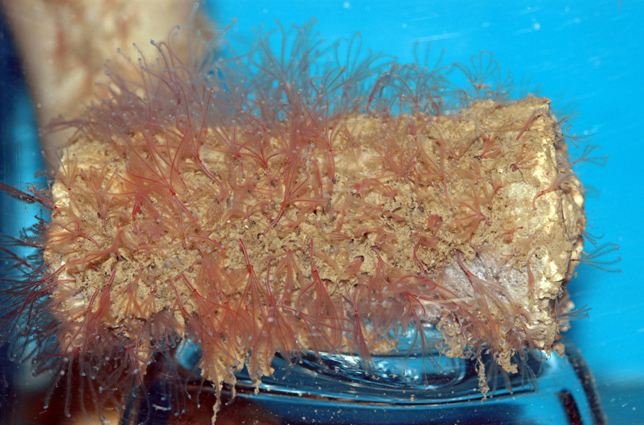
So-called zombie worms and yes, they actually exist like to munch on whale bones for dinner. The creatures also use the bones for shelter. Spread throughout the world's oceans, zombie worms are quite adept at making the bones of whales and other large marine animals look like Swiss cheese.
But these worms don't have any mouthparts with which to gnaw the holes. So how do they do it? A study published in the May 1 online edition of the journal Proceedings of the Royal Society B found that rather than being "bone-drilling" worms, they're actually "bone-dissolving" worms: The worms' skin produces acid in large quantities to break down bones.
[Full Story: Zombie Worms Drill Whale Bones with Acid]
Setting an example
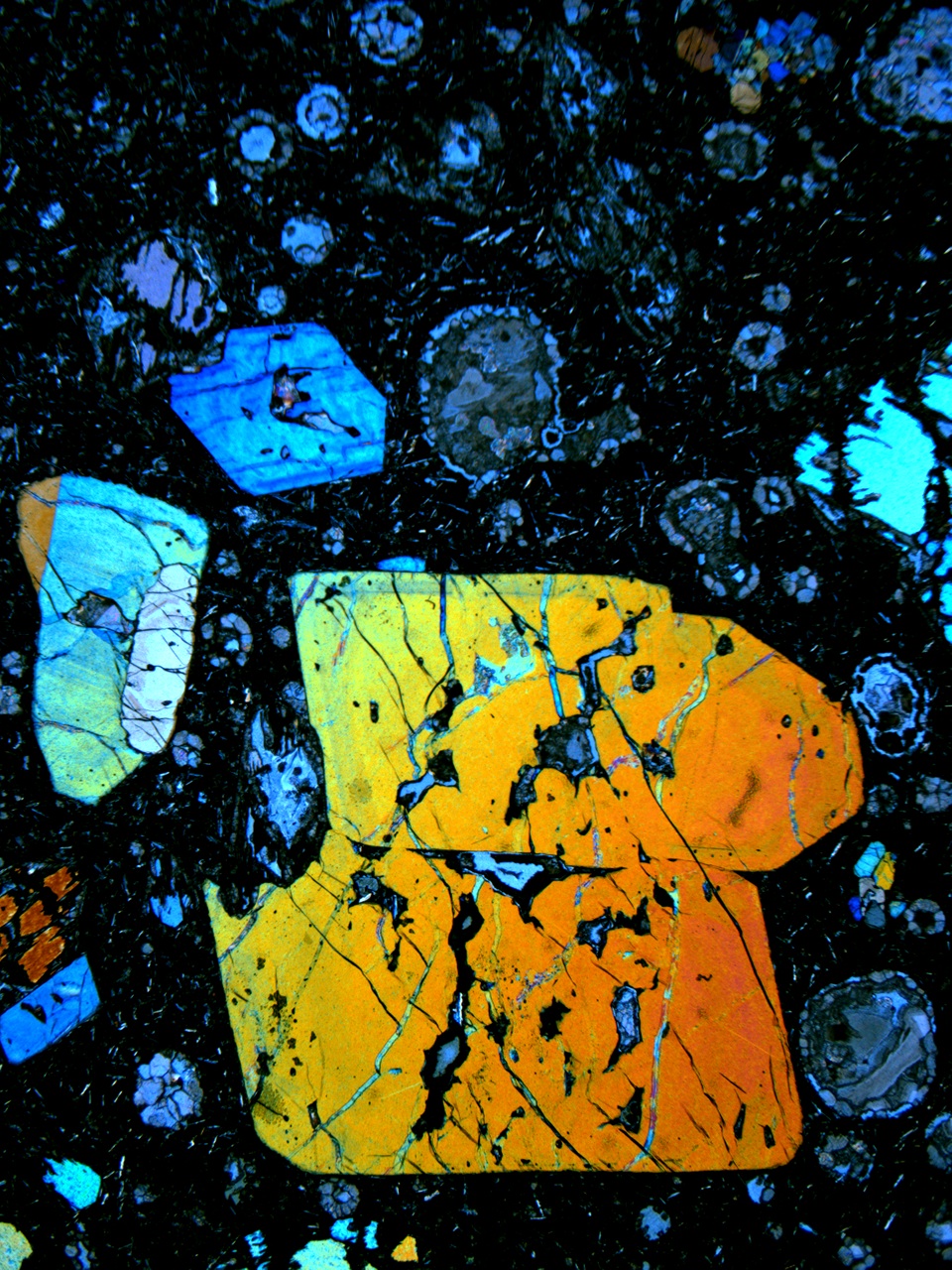
The remains of a real-life journey to the center of the Earth are preserved in a South Pacific volcano, a new study suggests.
The lava that erupted from the Cook Islands volcano, called Mangaia, contains a few tiny grains of sulfide, a mineral, with a peculiar ratio of sulfur isotopes, according to research published in today's (April 24) issue of the journal Nature. The unusual ratio could only have formed before oxygen-breathing life appeared on Earth 2.45 billion years ago. Isotopes are versions of elements with different numbers of neutrons, giving them differing weights.
[Full Story: Extreme Green: Earth Recycles 2.5-Billion-Year-Old Ocean Crust]
Celebrating our home
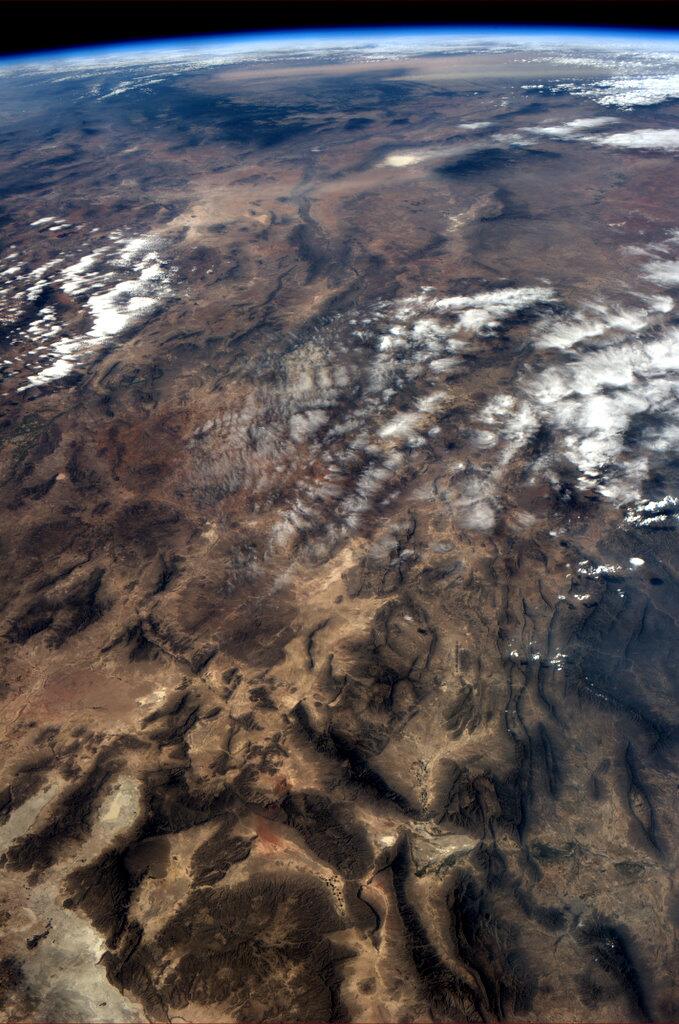
Earth Day is even celebrated in space.
Canadian astronaut Chris Hadfield sent down some well wishes from the International Space Station today (April 22) in honor of Earth Day.
[Full Story: Earth Day! Astronaut Celebrates Earth from Space]
Inspiring view
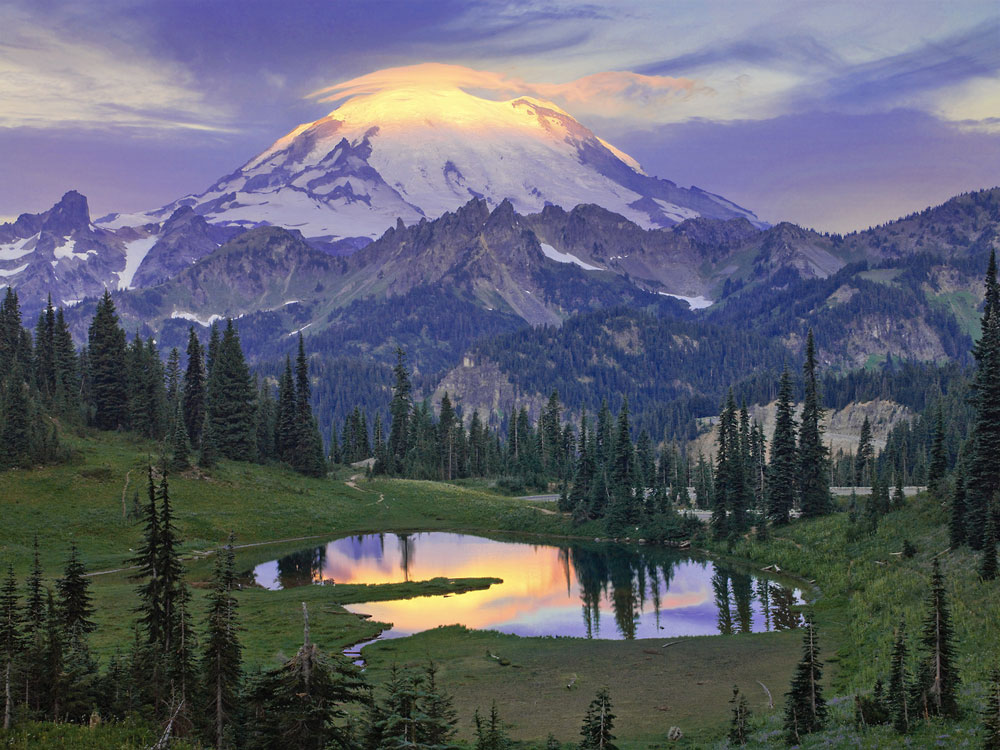
Start the week off right with a gorgeous sunrise photo at Tipsoo Pond in Mount Rainier National Park.
Mount Rainier National Park is spread over 235,625 acres on the west side of the Cascade Range, and is located about 50 miles (100 kilometers) southeast of Seattle. Mount Rainier is an unmistakable icon on the landscape. With a peak 14,410 feet (4,392 meters) above sea level, Rainier is an active volcano and its last known eruption was in 1894.
[Full Story: Dreamy Image: Mount Rainier Glows at Sunrise]
A satellite image
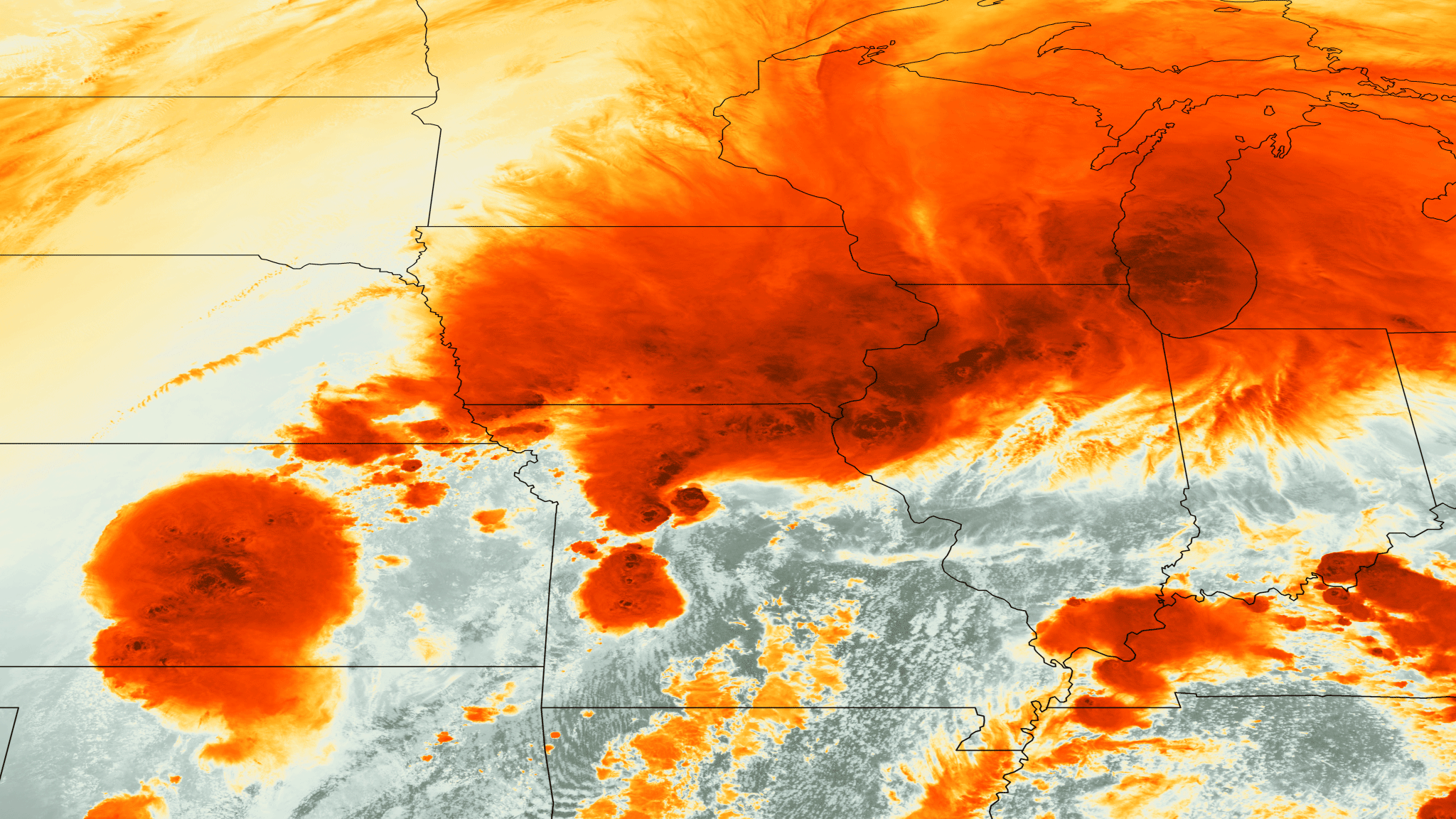
Ever wondered what thunderstorms look like from space? Wonder no longer.
A false-color image, taken by the GOES-13 satellite yesterday afternoon (April 17), shows a series of strong thunderstorms in the Midwest. The dark orange of the cloud tops indicate that they are very cold, a marked contrast to the warm, humid air surrounding it. (The warm air can't be seen since it is transparent in this image.)
[Full Story: What Severe Weather Looks Like from Space]
New Russian moths
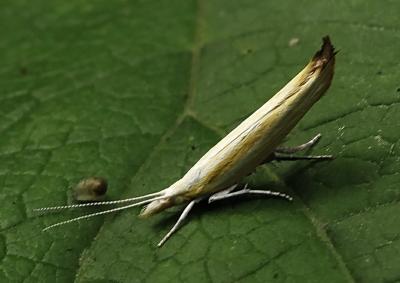
Two new species of previously unknown moths have been discovered in the Russian Far East, northeast of Mongolia. The insects strike a unique pose when resting, sticking their hind section into the air and extending their antennae forward onto the ground, or the surface of a leaf, according to a new study describing the animals.
As larvae, the moths form strange, cradlelike cocoons from leaves before hatching.
[Full Story: 2 Strange Moth Species Revealed in Russia]
A different perspective
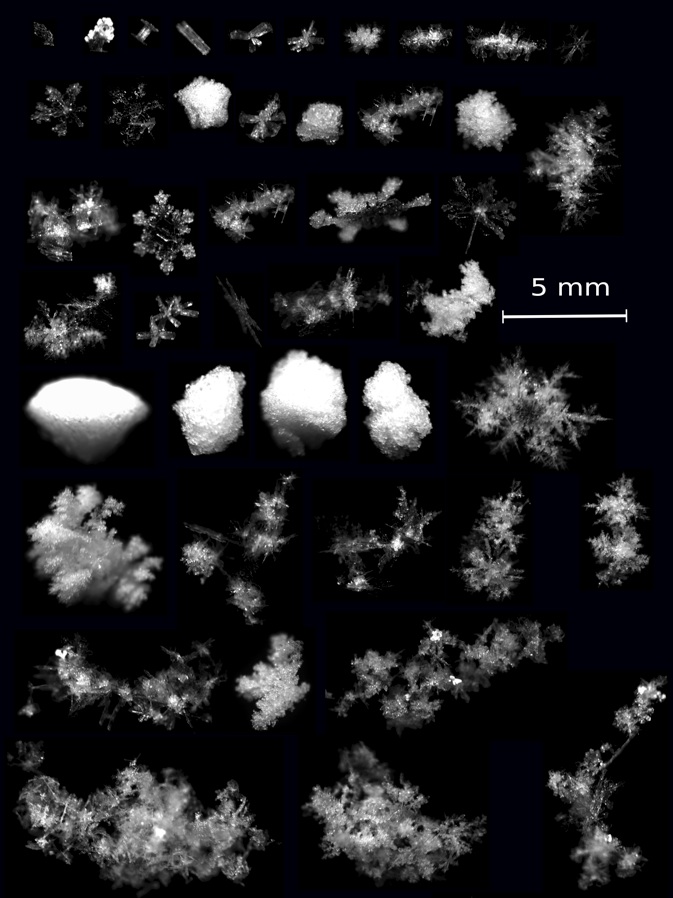
No two snowflakes are alike but you've never seen them quite like this.
A new device can take 3D photographs of snow as it falls through the air, revealing a diverse array of shapes that mostly look completely different than the 2D representations we're used to seeing.
[Full Story: Super Cool: 3D Photographs of Snowflakes]
Sign up for the Live Science daily newsletter now
Get the world’s most fascinating discoveries delivered straight to your inbox.
Peek-a-boo
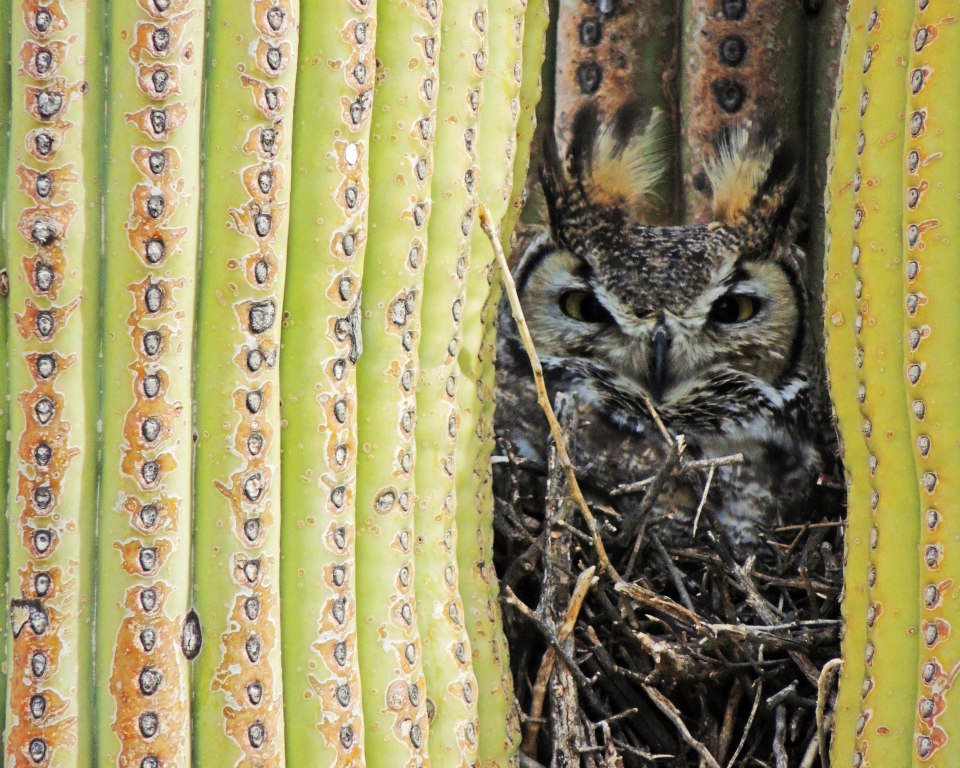
Giant cacti are the calling card of Saguaro National Park near Tucson, Ariz. The park is named after North America's largest cactus species, the giant saguaro. These cacti grow only in the Sonoran Desert in the U.S. Southwest and in Mexico. Some saguaros soar up to 70 feet (20 meters) in height.
Crane your neck up at a saguaro and you might find nesting critters. Great horned owls are saguaro aficionados, as the above image shows. These owls are among the world's most adaptable owls, living in mountains, deserts, rain forests, rocky coasts and mangrove swamps. Deserts are a good fit for owls because they can nest high in a giant saguaro and hunt over the open desert landscape.
[Full Story: Hoot of an Image: Owl Nests in Giant Cactus]
Back in time
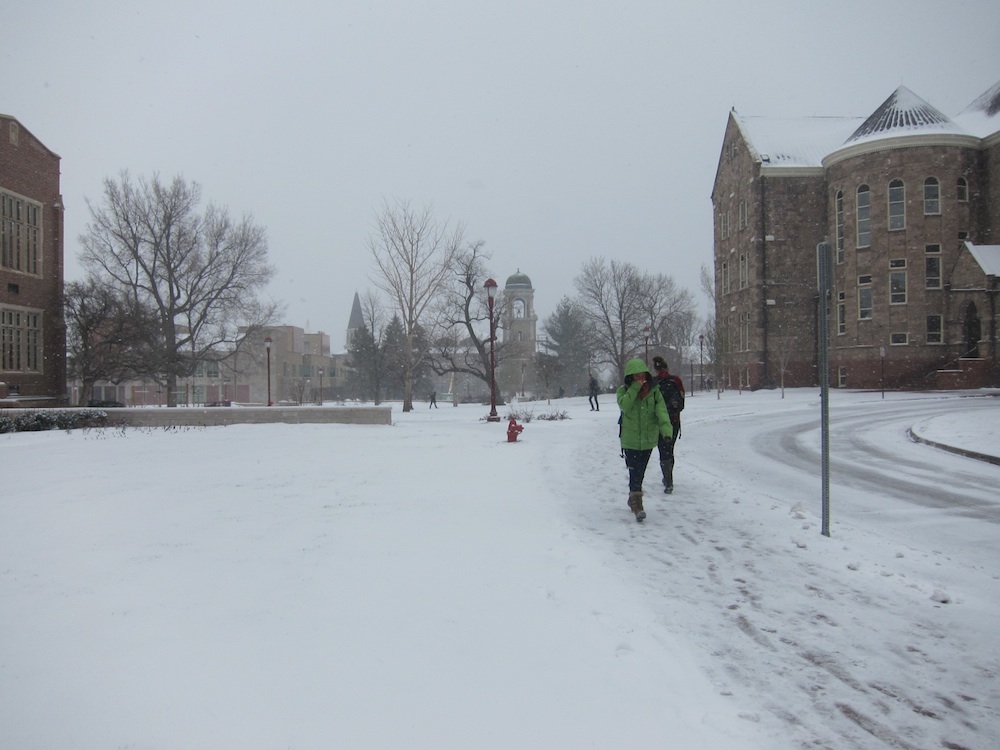
Colorado residents said a temporary goodbye to warm spring weather today (April 9), waking to scenes of ice and blowing snow.
A storm system blew through the eastern Rockies and the Great Plains last night (April 8), bringing with it strong winds and precipitous drops in temperature. Denver reached a high of 71 degrees Fahrenheit (21.6 degrees Celsius) yesterday afternoon; by 7:45 a.m. CST today, temperatures had dropped 55 degrees to just 16 F (-8.8 C).
[Full Story: Spring Storm Sends Temps (and Snow) Falling in Colorado]
Three amigos
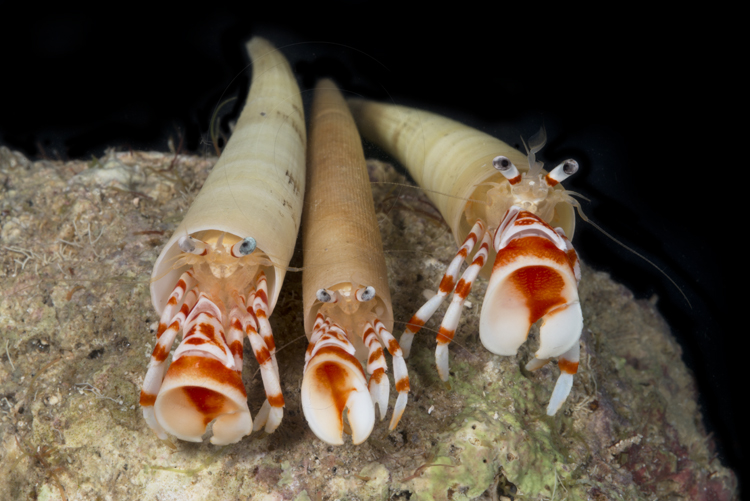
A recent submarine dive turned up a species of hermit crab that was previously only known through dead, dried specimens procured more than a century ago.
The sub collected a few of the animals, known as Pylopagurus discoidalis, from the Caribbean and brought them back to an aquarium, where they were photographed. These are the first pictures of the live animals ever taken, said Rafael Lemaitre, a research zoologist at the Smithsonian Institute's National Museum of Natural History.
[Full Story: Hermit Crab Species Found Alive for First Time]
Proving a point

Two young mountain lions spent a miserable hour trapped on a fence by five coyotes last Thursday (March 28) in Wyoming's National Elk Refuge.
Refuge staffer Lori Iverson snapped photos of the spectacular evening standoff. The juvenile cats sought safety on a buck and rail fence, perched over a creek, while the coyotes lurked in the background, Iverson wrote in notes accompanying her photos.
[Full Story: Cougars Narrowly Escape Coyotes' Wrath]










